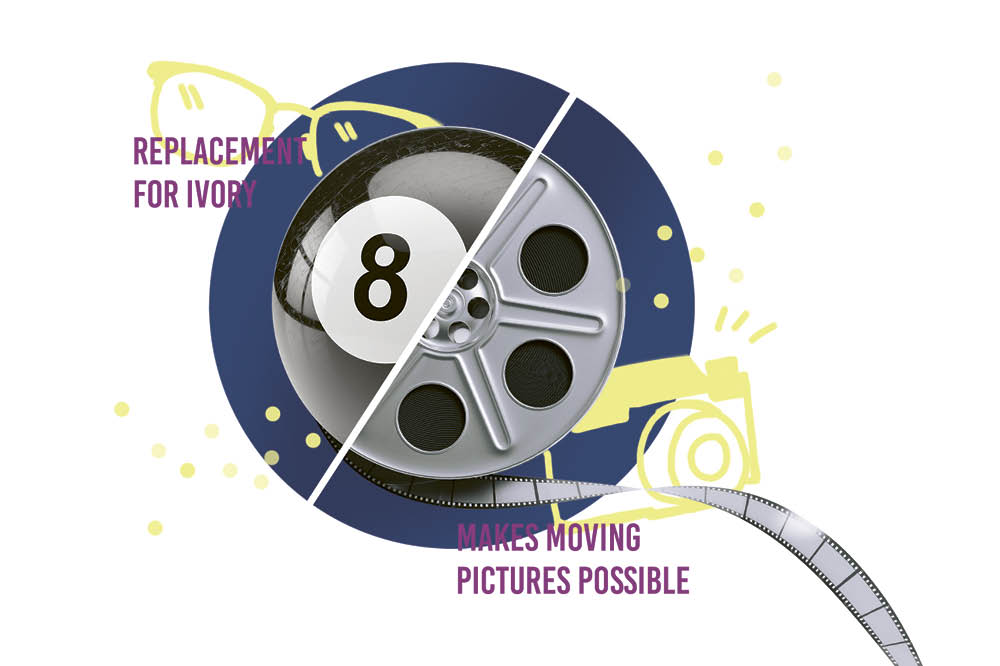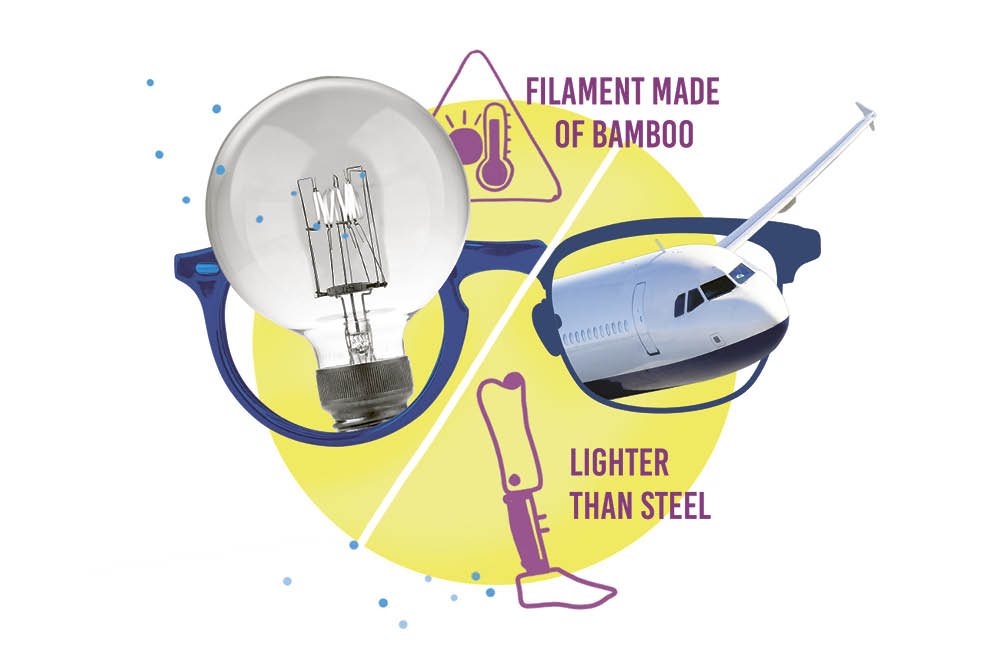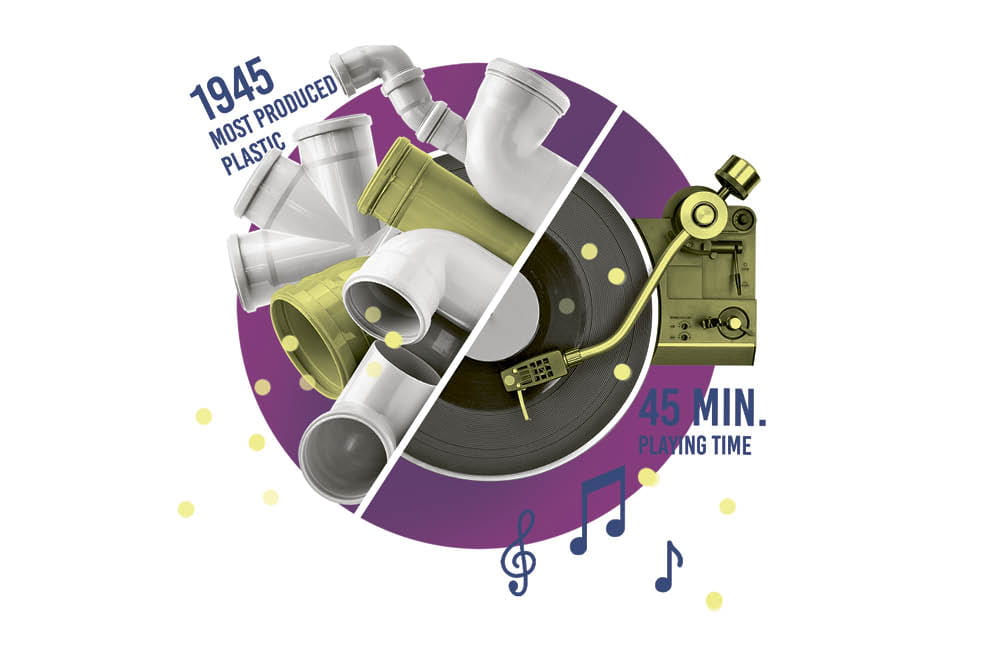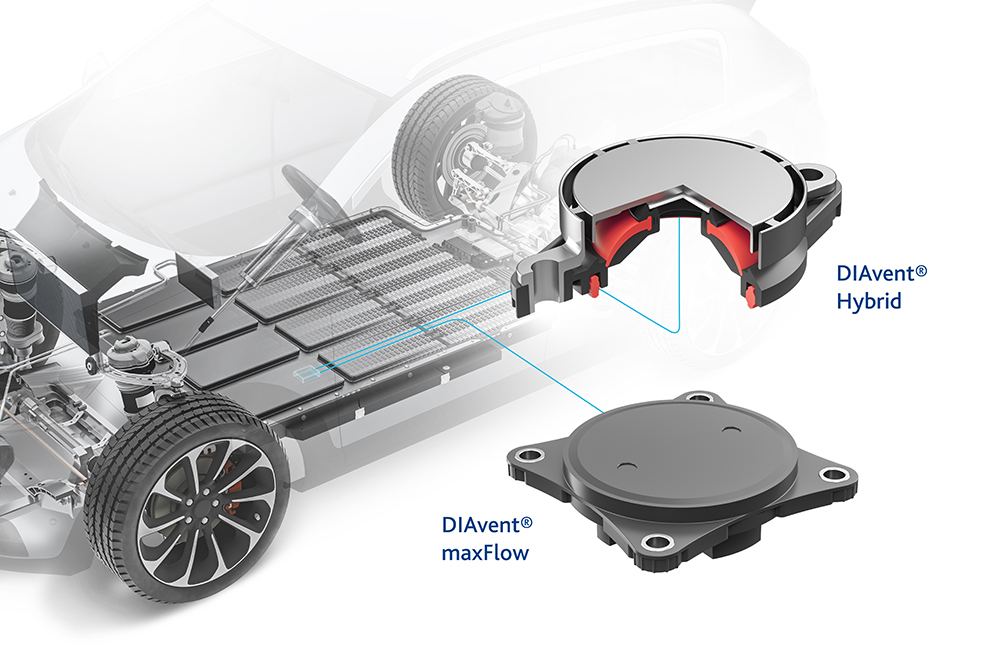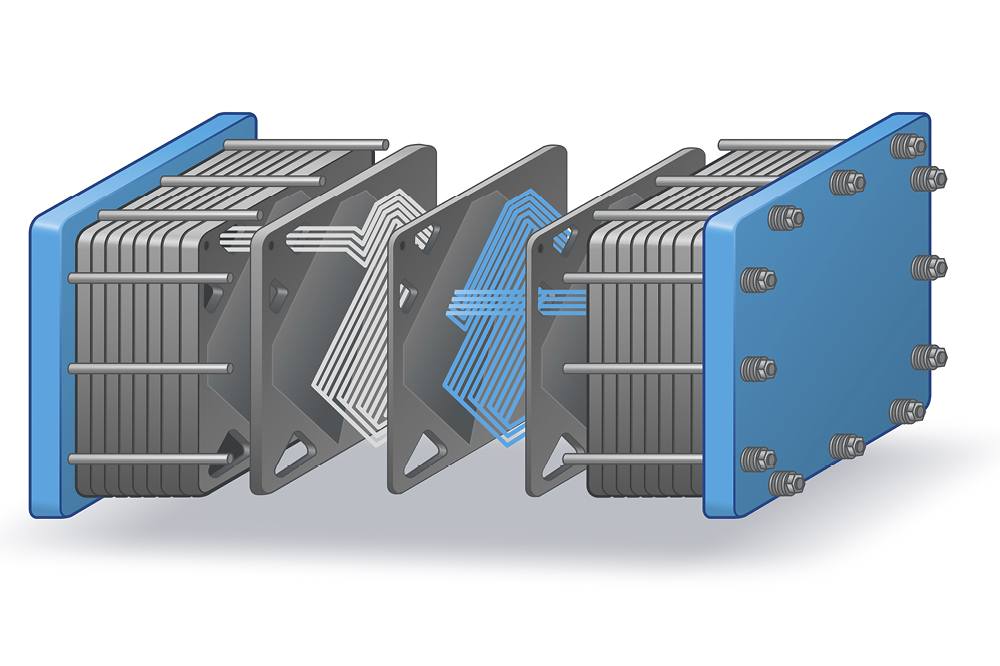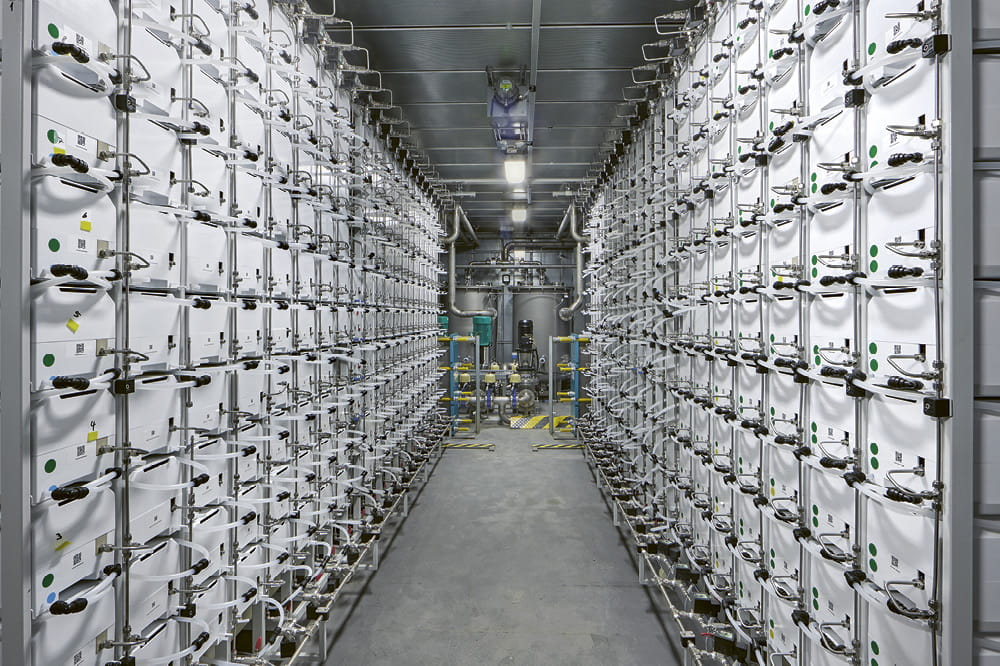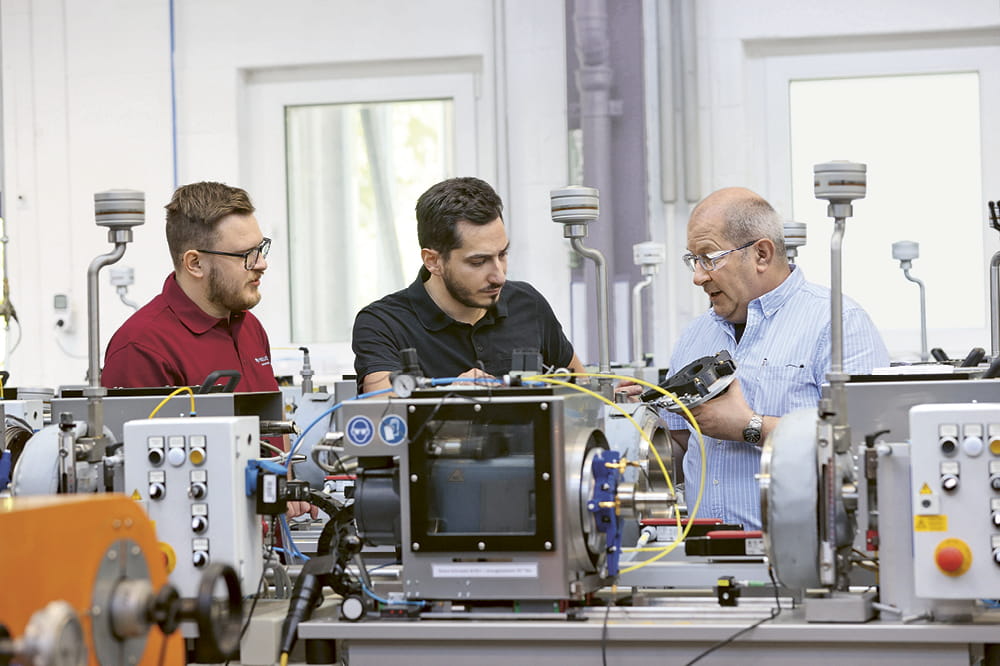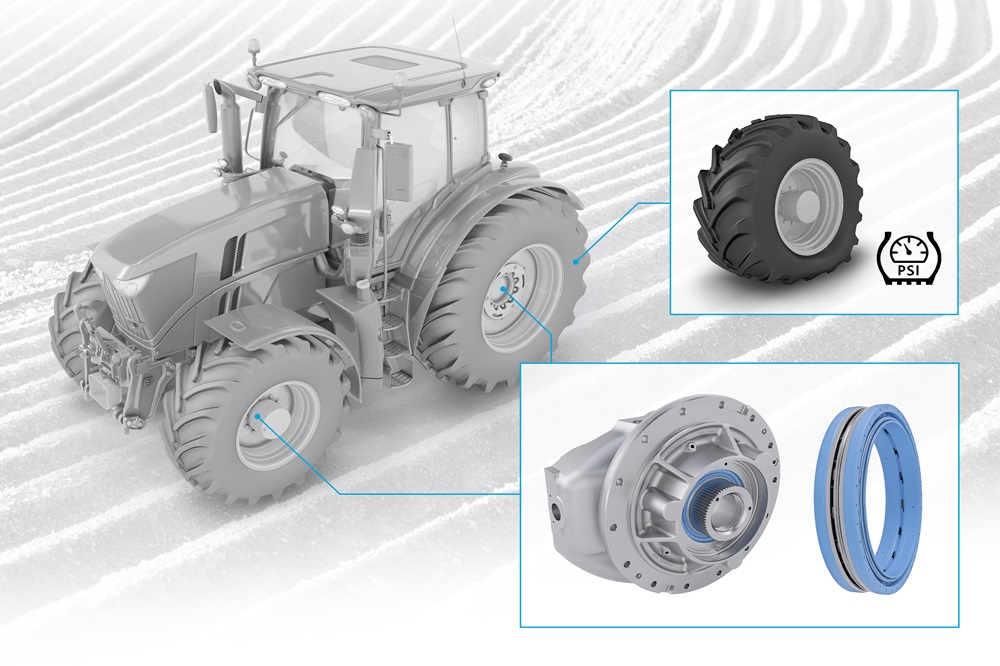Obtain news and background information about sealing technology, get in touch with innovative products – subscribe to the free e-mail newsletter.

21.02.2023 | Story
Another Look at Innovation
Suppose a new material is discovered. Do people immediately recognize its potential? That sometimes takes a bit longer...
Celluloid
A New Material …
In the 1860s, chemist John Hyatt was looking for a new material to make billiard balls out of. They had mostly been produced from ivory at the time, which made them an expensive luxury good. In his search, he ran into a mixture of nitrocellulose and camphor that had been discovered several years earlier. He refined its production process and made the material suitable for mass production. The new plastic turned out to be extremely multifaceted and suitable for everything from frames for glasses to combs and toys. Unfortunately, the material was slightly flammable, leading to its replacement by other materials beginning in 1950.
… a Material for Something New
About 30 years after Hyatt’s work, an American named Hannibal Goodwin developed the substance further – into a flexible, elastic and transparent material. This celluloid film replaced the glass plates used as a carrier material in photography. Suddenly handy rolls of film could be produced and became the cornerstone for modern photography, and especially for movies. Moving pictures were impossible with glass plates (slide shows come to mind), but rolls of film brought dreams to life on the big screen.
Carbon
A New Material …
An entire material group was discovered in the 1870s in the wake of another groundbreaking innovation: the light bulb. In his search for the perfect filament, Thomas Edison experimented with various materials. He was looking for a fiber that was supple, robust and electrically conductive. He finally found a Japanese bamboo whose fibers offered exactly those characteristics when they were carbonized by heating (carbonization). It made the lightbulb competitive. In the process, he also invented the first carbon fibers.
… a Material for Something New
To be sure, other raw materials are used in carbonization today, although the production methods continue to be based on Edison’s. With extreme heat, all the contents except for carbon are expelled from the original material. The result is fibers that offer greater tensile strength and a lighter weight than steel. Carbon is used wherever a light yet durable material is needed – in cars, prosthetics and aircraft, for example. Carbon fibers account for about half of the Airbus A350. Even as Edison’s light bulbs are gradually being replaced by LEDs, the long march of his incidental discovery – carbon – has continued unabated.
Polyvinylchloride
A New Material …
In 1838, Henri Victor Regnault was not exactly conscious of what he was doing when he exposed a newly discovered material known as vinyl chloride to sunlight and it turned into a white powder: polyvinylchloride, or PVC for short. At first, no one had a use for it. It was only the raw material shortages after World War I that brought the new material success. At that point, PVC could be industrially manufactured. Film sheets, tubes and other building materials were made from the new material. In 1945, it was the most-produced plastic in the world.
… a Material for Something New
The new material had what may have been its most revolutionary impact in another field: music. Until the 1940s, phonograph records made of shellac were widely used. But they were not suited for shipment – they were too heavy and too fragile. The search for alternatives led to a wholly different material … PVC. Records made of the new plastic were lighter and nearly unbreakable. This not only improved the sound quality of the recording – it extended playing time considerably, from 9 to 45 minutes. The development led to the first long-playing records as well as the unstated rule that an album should play for 45 minutes – a notion that survived well into the age of CDs.
Learn more about our materials portfolio: www.on.fst.com
This article originally appeared in ESSENTIAL, Freudenberg Sealing Technologies’ corporate magazine that covers trends, industries and new ideas.
More news on the subject Technology & Innovation

Join Us!
Experience Freudenberg Sealing Technologies, its products and service offerings in text and videos, network with colleagues and stakeholders, and make valuable business contacts.
Connect on LinkedIn! open_in_new